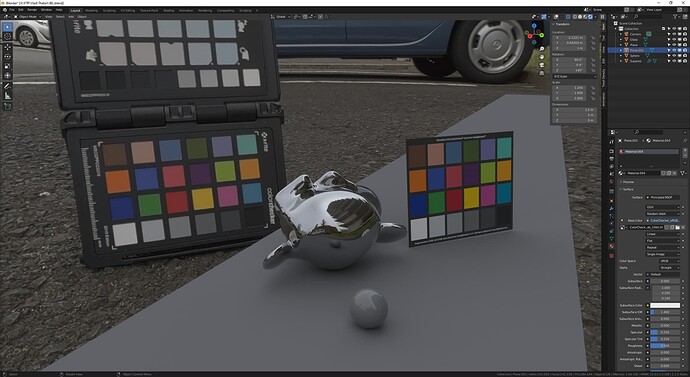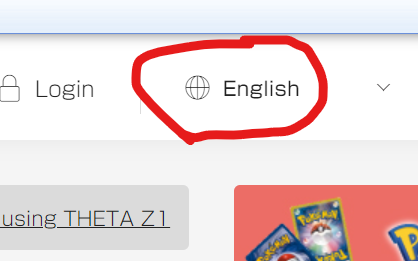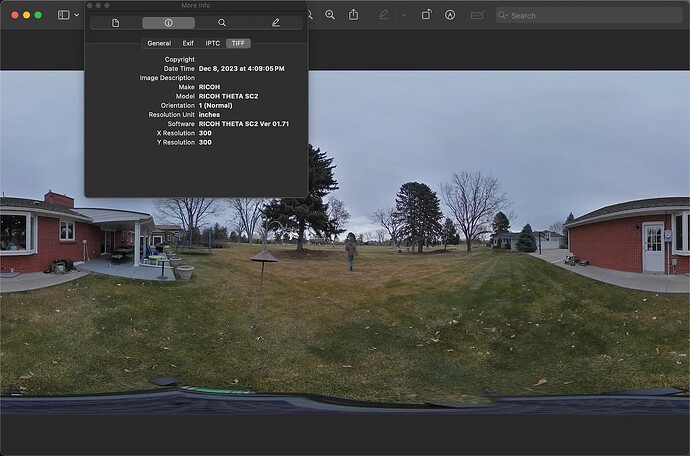If the results of X using JPEG and the results of Z1 using RAW are the same, please share your method of creation, or compare it with a color chart shot with a different camera like we did, or compare it with a reference to see if the highlights, shadows, reflected colors, etc. match the back plate at the time of compositing and the lighting matches. Only when we can confirm that the lighting matches the backplate at the time of compositing, we can say that it is a high-quality HDRI.
At least, we would be happy to know this, because in the verification we have done, we have encountered quality problems in terms of lighting balance and reflected colors when using JPEGs.
So, going back to the original topic, I said that JPEGs are not capable of producing high quality HDRIs, with the implication that it is difficult to create HDRIs of a quality that can be used in high end VFX with JPEGs.
Sorry about this.
The difference is caused by the shader (roughness, specular) settings in the CG chart, and it is our fault for not adjusting it enough, but I think this difference is within the acceptable margin of error.
In fact, what is remarkable about this image is that the HDRI renderings produced by the full-size SLR 5D3 and Z1 are nearly identical.
This result indicates that the quality of the light is equivalent to the HDRI created by the full-size SLR.
I don’t believe the 3EV step is problematic since the RAW is used. In fact, as per the attached image, the difference in comparison to the 5D3 HDRI is slight. Noise also has little impact when used as a light in HDRI, and we have determined that a stack to remove noise is not necessary in our verification.(However, we do add denoising during the raw photo processing process)
In HDRI, it is more important to be able to accurately reproduce realistic light values than to have a clean, noise-free image.
Our plug-ins are also set up to focus on finishing the shoot faster. This is necessary both because of the need to shoot quickly on a VFX shoot and to minimize the effects of crowd and cloud movement.
If you need a clear, noiseless HDRI shot, which we use in reflections, we too think you need to increase the number of brackets as you have said, or shoot with a SLR.






